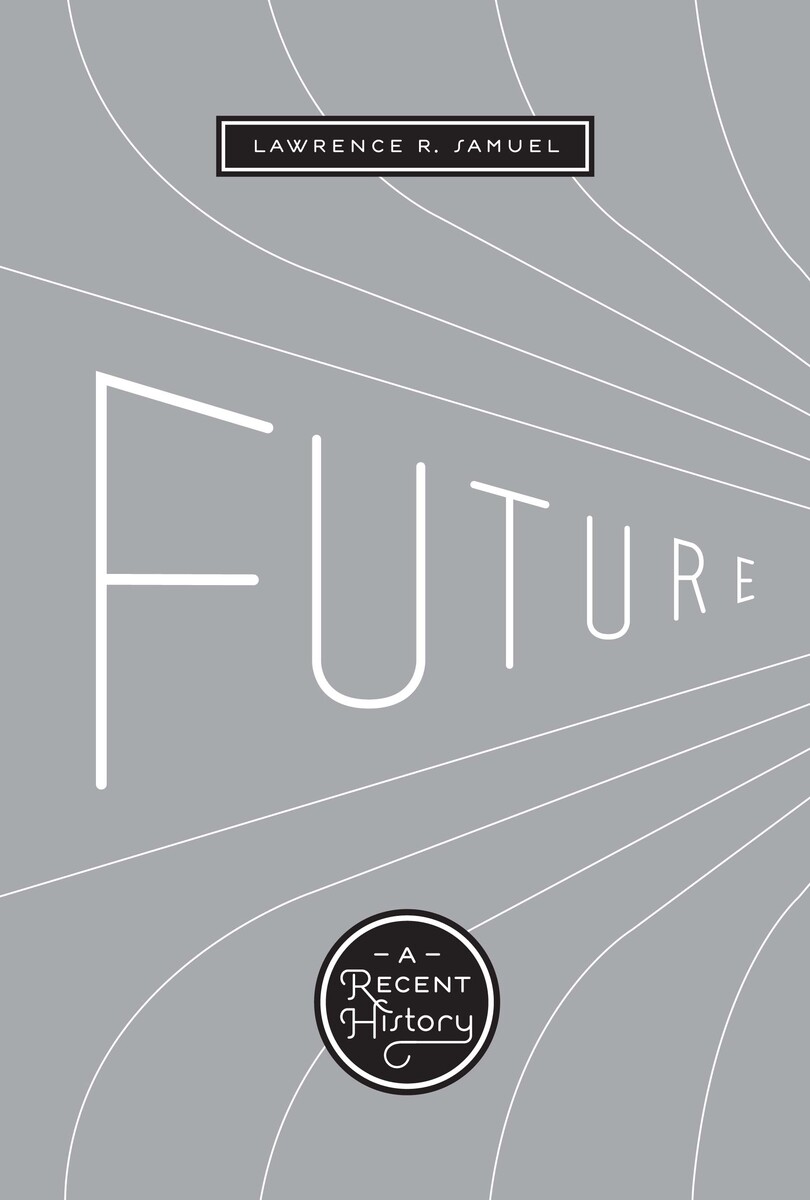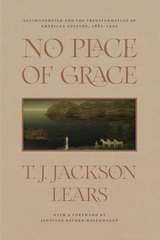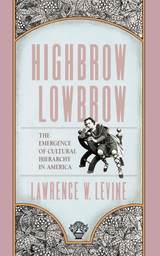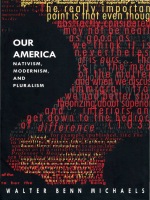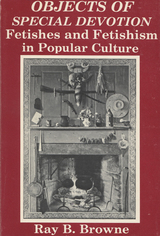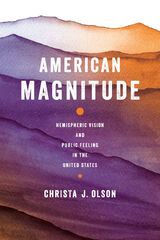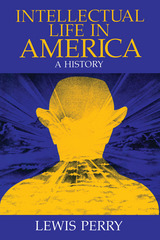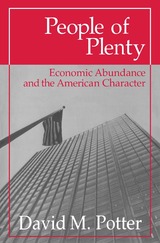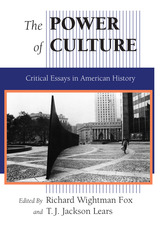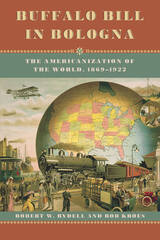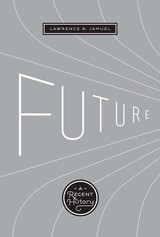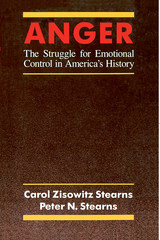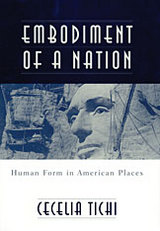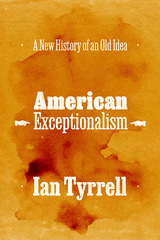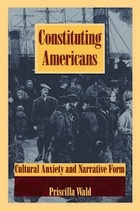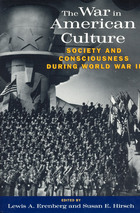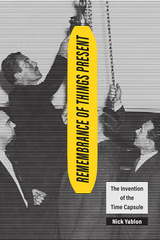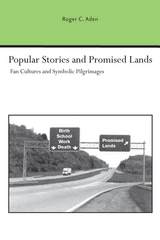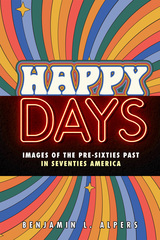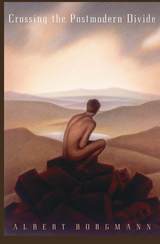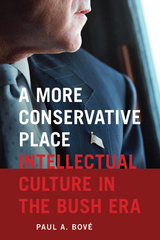Cloth: 978-0-292-71914-9 | Paper: 978-0-292-72344-3 | eISBN: 978-0-292-77477-3 (ePub) | eISBN: 978-0-292-79523-5 (PDF)
Library of Congress Classification E169.1.S2415 2009
Dewey Decimal Classification 973.91
The future is not a fixed idea but a highly variable one that reflects the values of those who are imagining it. By studying the ways that visionaries imagined the future—particularly that of America—in the past century, much can be learned about the cultural dynamics of the time.
In this social history, Lawrence R. Samuel examines the future visions of intellectuals, artists, scientists, businesspeople, and others to tell a chronological story about the history of the future in the past century. He defines six separate eras of future narratives from 1920 to the present day, and argues that the milestones reached during these years—especially related to air and space travel, atomic and nuclear weapons, the women's and civil rights movements, and the advent of biological and genetic engineering—sparked the possibilities of tomorrow in the public's imagination, and helped make the twentieth century the first century to be significantly more about the future than the past.
The idea of the future grew both in volume and importance as it rode the technological wave into the new millennium, and the author tracks the process by which most people, to some degree, have now become futurists as the need to anticipate tomorrow accelerates.
See other books on: Civilization | Forecasting | Future | Samuel, Lawrence R. | Twentieth century
See other titles from University of Texas Press
